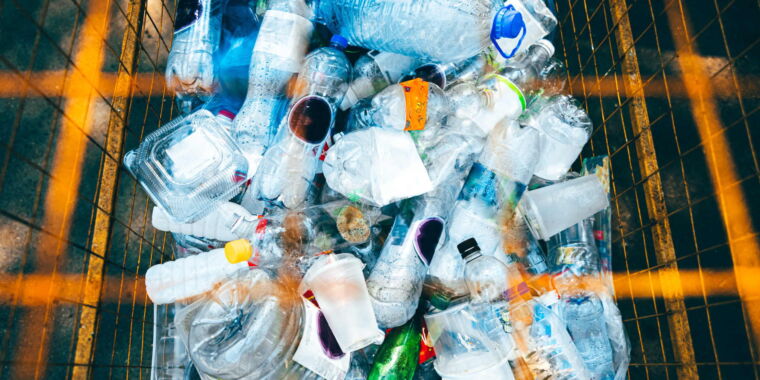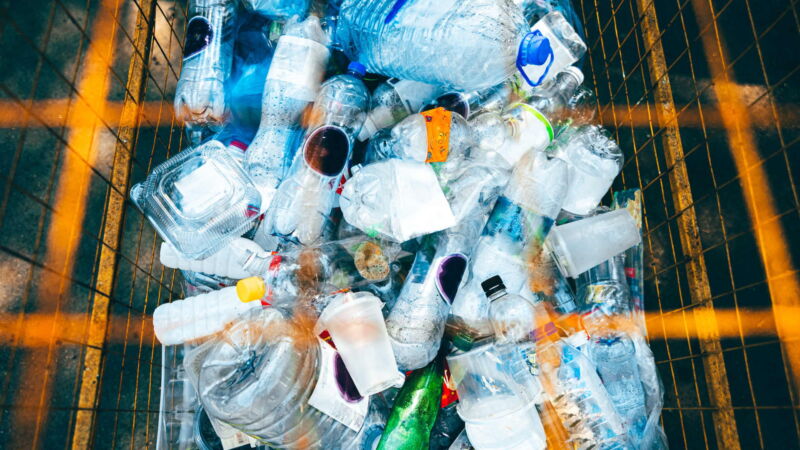Huge math error corrected in black plastic study; authors say it doesn’t matter
Ars has reached out to the lead author, Megan Liu, but has not received a response. Liu works for the environmental health advocacy group Toxic-Free Future, which led the study.
The study highlighted that flame retardants used in plastic electronics may, in some instances, be recycled into household items.
“Companies continue to use toxic flame retardants in plastic electronics, and that’s resulting in unexpected and unnecessary toxic exposures,” Liu said in a press release from October. “These cancer-causing chemicals shouldn’t be used to begin with, but with recycling, they are entering our environment and our homes in more ways than one. The high levels we found are concerning.”
BDE-209, aka decabromodiphenyl ether or deca-BDE, was a dominant component of TV and computer housings before it was banned by the European Union in 2006 and some US states in 2007. China only began restricting BDE-209 in 2023. The flame retardant is linked to carcinogenicity, endocrine disruption, neurotoxicity, and reproductive harm.
Uncommon contaminant
The presence of such toxic compounds in household items is important for noting the potential hazards in the plastic waste stream. However, in addition to finding levels that were an order of magnitude below safe limits, the study also suggested that the contamination is not very common.
The study examined 203 black plastic household products, including 109 kitchen utensils, 36 toys, 30 hair accessories, and 28 food serviceware products. Of those 203 products, only 20 (10 percent) had any bromine-containing compounds at levels that might indicate contamination from bromine-based flame retardants, like BDE-209. Of the 109 kitchen utensils tested, only nine (8 percent) contained concerning bromine levels.
“[A] minority of black plastic products are contaminated at levels >50 ppm [bromine],” the study states.
But that’s just bromine compounds. Overall, only 14 of the 203 products contained BDE-209 specifically.
The product that contained the highest level of bromine compounds was a disposable sushi tray at 18,600 ppm. Given that heating is a significant contributor to chemical leaching, it’s unclear what exposure risk the sushi tray poses. Of the 28 food serviceware products assessed in the study, the sushi tray was only one of two found to contain bromine compounds. The other was a fast food tray that was at the threshold of contamination with 51 ppm.
Huge math error corrected in black plastic study; authors say it doesn’t matter Read More »


